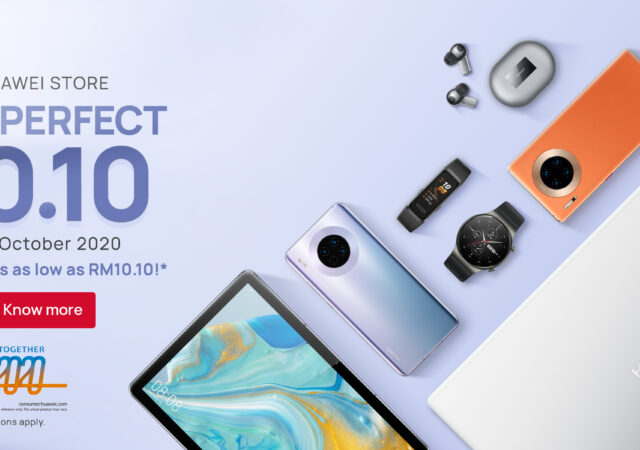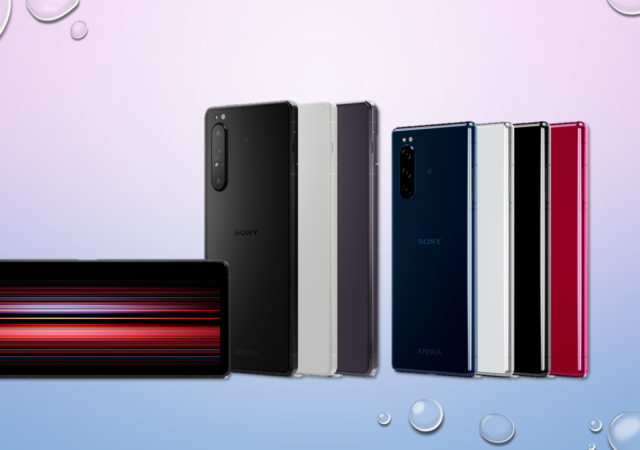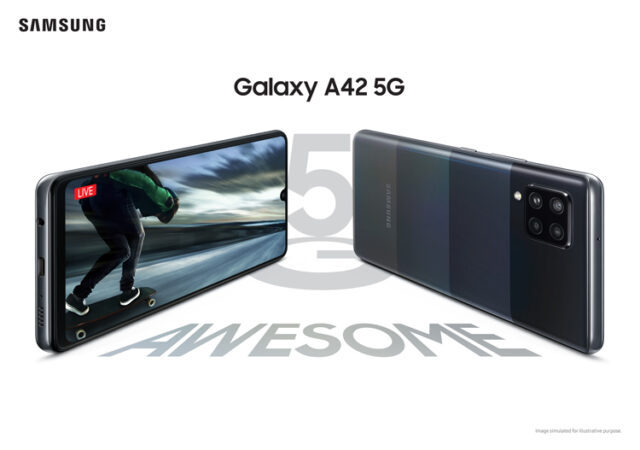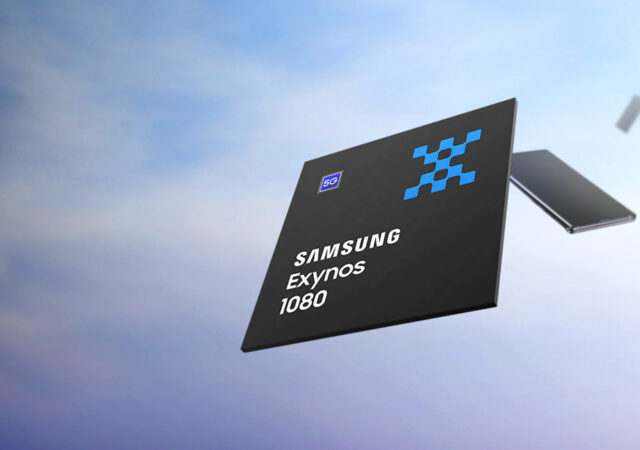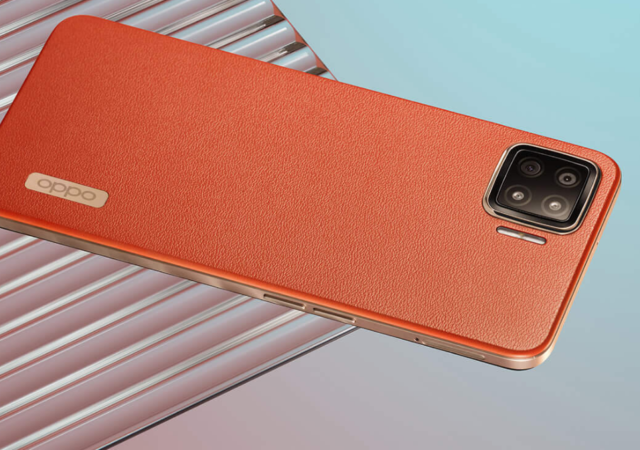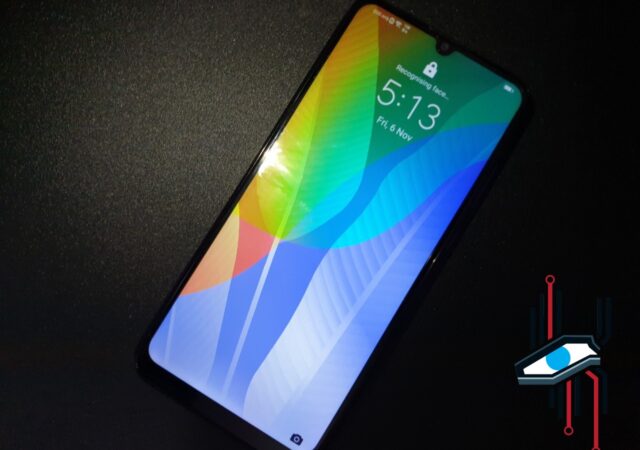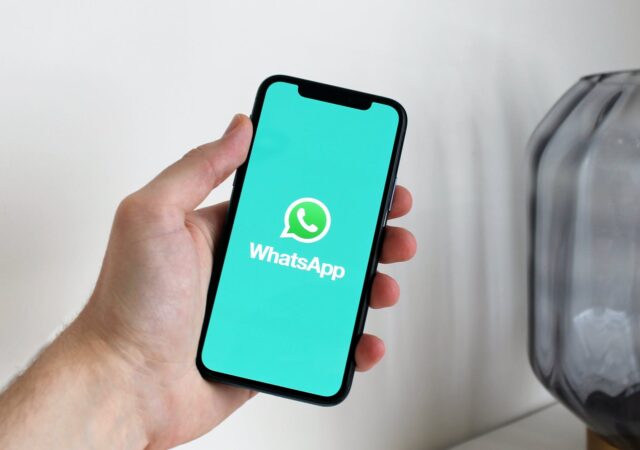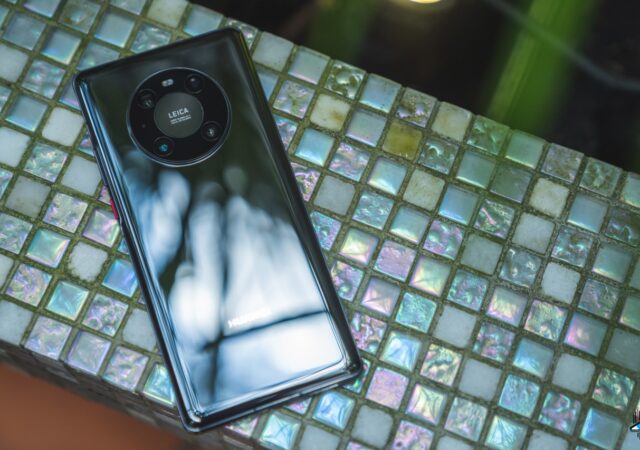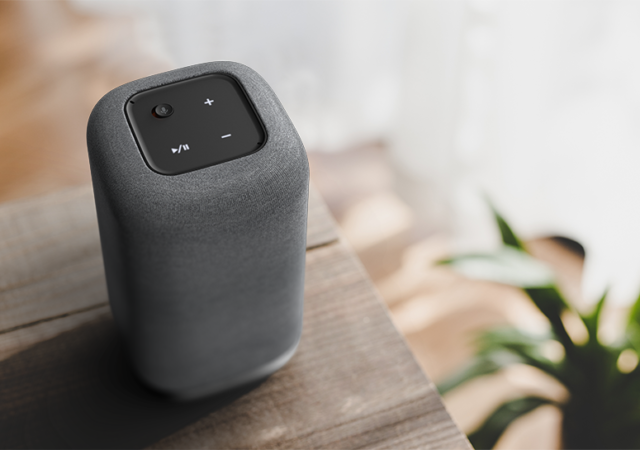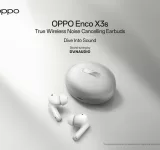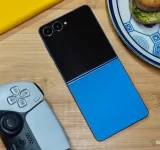Huawei’s portfolio of devices expands with three new devices: the MatePad T 10s, the FreeBuds Pro and the Watch GT2 Pro.
Sony’s Xperia 1 II & Xperia 5 II are Available in Malaysia
Sony’s latest flagships: the Xperia 1 II and Xperia 5 II make their way sneakily to Malaysia.
5G Gets More Affordable with the Samsung Galaxy A42 5G
Samsung makes 5G more affordable with their latest entry into the Galaxy A series – the Galaxy A42 5G.
Samsung Unleashes New Exynos 1080 SoC
Samsung announces the new Exynos 1080 SoC which it touts to bring flagship experiences to the affordable smartphone segment.
HONOR 10X Lite Unveiled With 5,000mAh Battery & Kirin 710A
HONOR unleashes their latest offering, the HONOR 10X Lite which packs performance and battery life in an affordable package.
OPPO A73 Officially in Malaysia; Goes on Sale on 11.11
OPPO announces the Malaysian availability of the OPPO A73 which goes on sale starting on 11 November, 2020 as part of the 11.11 sale.
HUAWEI Y6P In-Depth Review – Another Missed Opportunity
We reviewed the MYR 559 HUAWEI Y6P. We think that it is a small missed opportunity, but still a good buy. Find out why from out review.
WhatsApp Jumps on Disappearing Messages Bandwagon
WhatsApp looks to be rolling out a new disappearing message which will allow users to send time limited messages.
The HUAWEI Mate40 Series is Here Finally, Still Without Goole Play Store
HUAWEI just released their most powerful smartphone ever. The HUAWEI Mate40 series packs the power of the 5nm Kirin 9000.
[Next@Acer] Acer Halo Smart Speaker Quietly Slips Under the Radar into the World
Acer launches a curious smart speaker at Next@Acer they call the Acer Halo Smart Speaker. The DTS Audio smart speaker runs Google Assistant.



